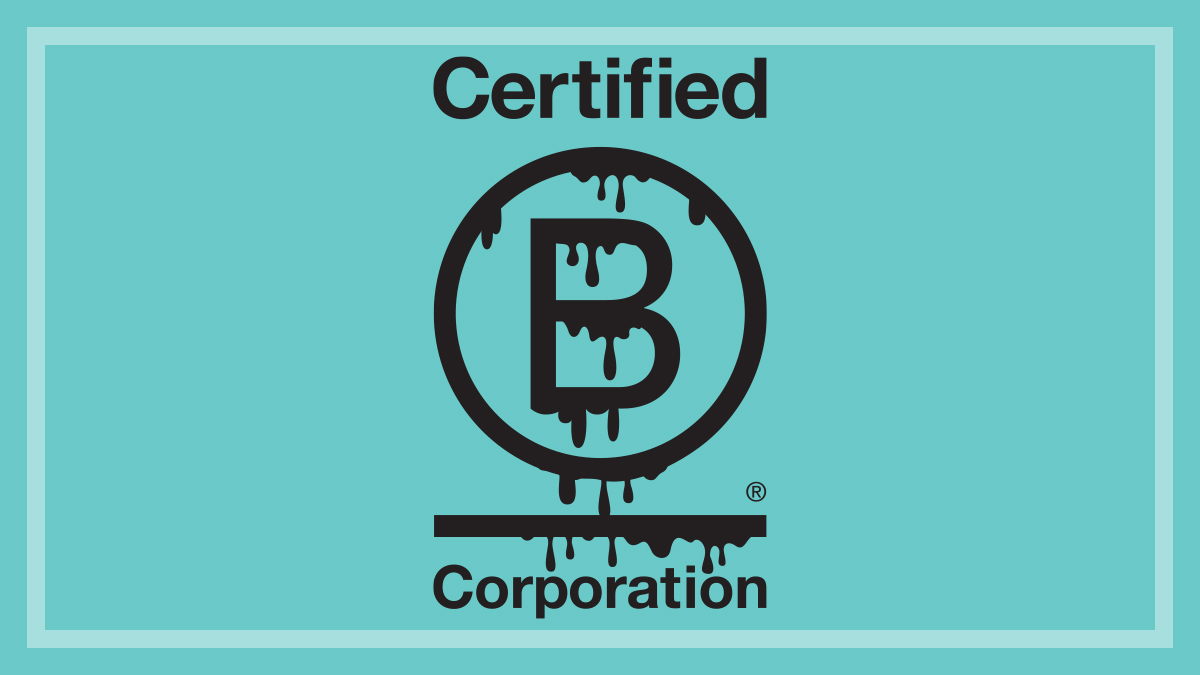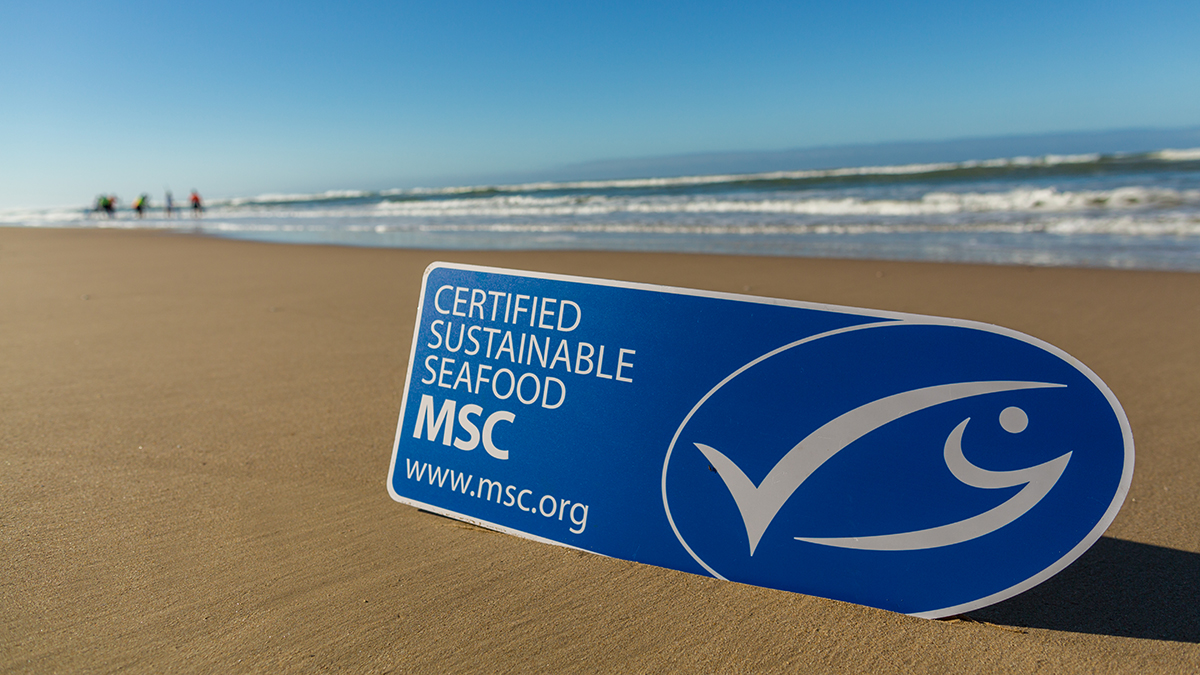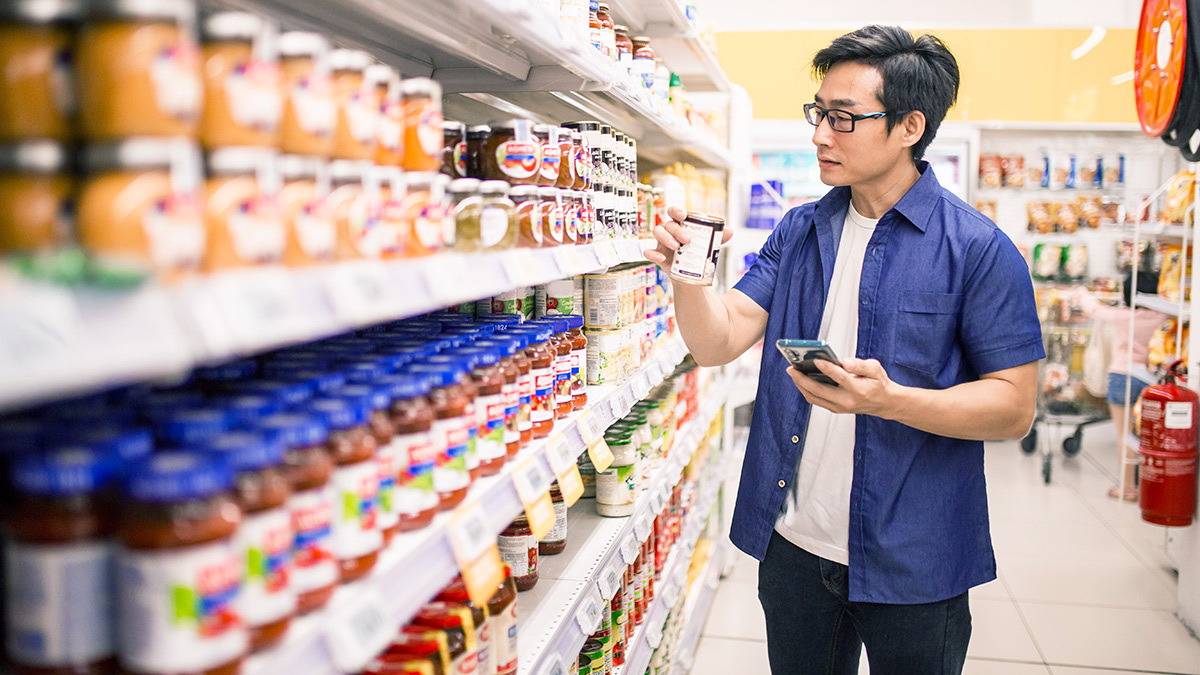Get our independent lab tests, expert reviews and honest advice.
Do you know which country your food comes from?
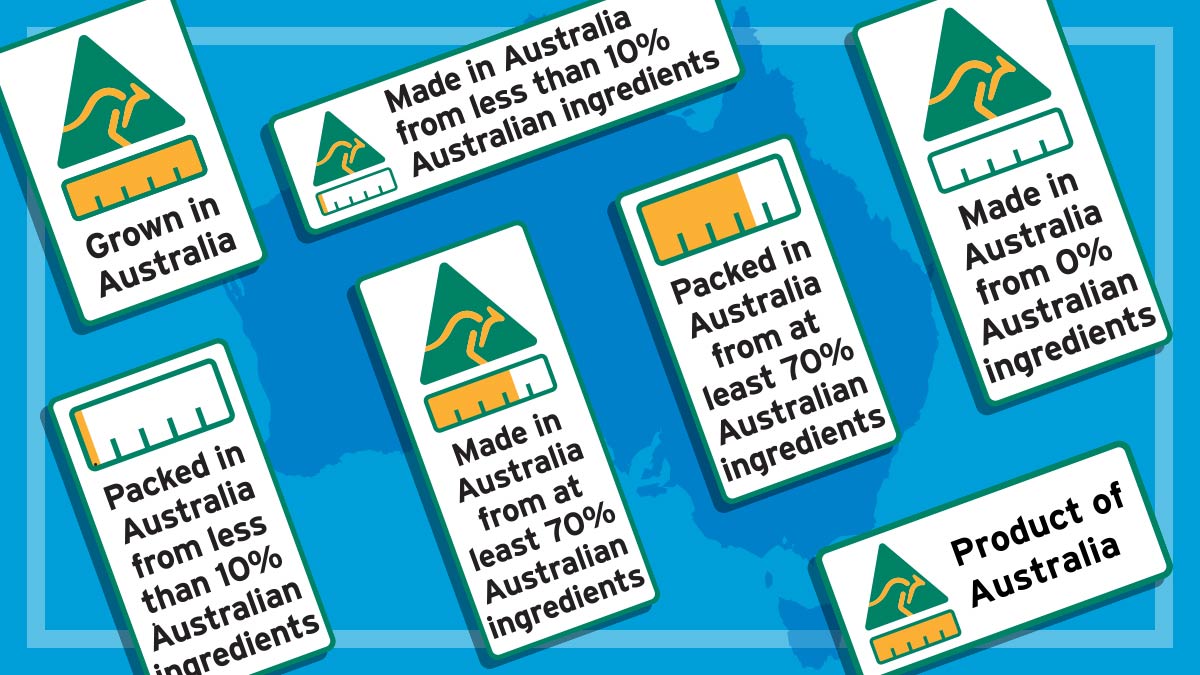
Most food products have to state whether they were grown, produced, made or packed in Australia or overseas. This is called ‘country of origin labelling’ and, before 2016, the regulations around these labels were frustratingly lax.
Food companies were using statements such as “Packed in Australia from imported ingredients”, which were too muddled to help consumers make informed decisions.
In 2015, this issue was thrown into the spotlight when dozens of Australians contracted Hepatitis A after eating frozen berries from Brazil and China. Although some products were recalled, people were unable to avoid other berry products from these countries because their packaging didn’t say where the berries came from.
Dozens of Australians contracted Hepatitis A after eating frozen berries from Brazil and China
In response, we launched a campaign to improve country of origin labelling. During the following year, the government consulted with CHOICE experts and thousands of our supporters to come up with labelling that reflected what consumers actually want to see.
The current system
In 2016 the government launched the revised labelling system that is still in place today. Labels now require food companies to specify the percentage of Australian ingredients, as well as whether the product was made, produced or grown in Australia.
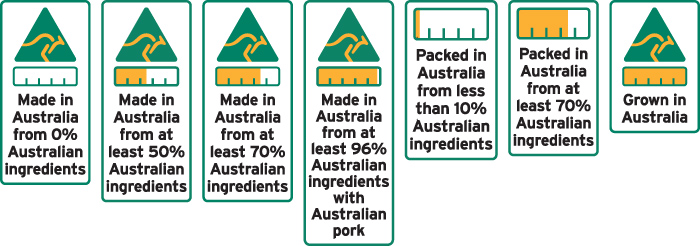
But the labels still don’t require food companies to list where the main imported ingredients come from.
The government is currently reviewing this labelling system. We’re making a submission to the review on behalf of consumers, with a number of recommended improvements.
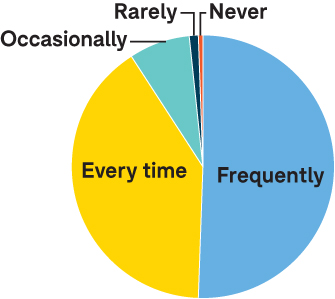
Popularity of country of origin labelling
It isn’t perfect, but there’s no doubt that country of origin labelling is popular with consumers, and plays a significant role in many people’s buying decisions.
In a recent survey of more than 20,000 CHOICE subscribers, almost all (99%) respondents said that knowing where the food and drink they buy comes from is important.
More than 90% of respondents also said that they use country of origin labelling to make decisions when buying food at the supermarket – 51% say they use the labels “frequently” and 40% say they use it “every time”.
More than 90% said that they use country of origin labelling to make decisions when buying food at the supermarket
CHOICE campaigns and policy advisor Amy Pereira says it’s clear people value knowing where their food comes from.
“The results of our survey show that accessing country of origin information on food products is an important part of how people decide what to buy at the supermarket,” she says.
Consumer concerns
Country of origin labelling is evidently valuable, but there are significant frustrations with the current system. Our survey respondents identified several areas where the labels fall short of their expectations.
Not saying where key ingredients were grown
The current system is useful for helping people determine whether or not a product is Australian grown, made, produced or packed. But for those products with a significant proportion of ingredients sourced from outside Australia, there’s no clear indication of where those ingredients come from.
As one respondent in our survey put it: “These labels are not really telling me what the item’s country of origin is. It’s only telling me that [a] certain percentage is made in Australia. Which ingredients are in this percentage and where is the rest actually coming from is not shared. I see it more as a campaign for buying Australian-made goods than informing the consumer of the country of origin.”
These labels are not really telling me what the item’s country of origin is
CHOICE food and nutrition expert Rachel Clemons says there are various reasons why people are interested in the exact country of origin of ingredients.
“They might want to choose a product with Australian ingredients, in order to support Australian growers and producers,” she says. “They could be looking for a product with ingredients from a country with a reputation for producing high quality, such as coffee beans from Guatemala.
“Some might also use the label to help them avoid food from particular countries due to concerns around food hygiene or human rights in those countries, for example.”
Misleading ‘Made in Australia’ claims
Currently, food companies can claim their product is made in Australia if the food is processed here. But that doesn’t mean any of the ingredients are from Australia.
CHOICE’s Amy Pereira says ‘Made in Australia’ claims are misleading and hard to understand, particularly when there are minimal Australian ingredients.
“This can be confusing to people shopping who see the kangaroo logo and think ‘every aspect of this product is from Australia’, when in fact, all ingredients may come from overseas and were only processed in Australia,” she says.
People in our survey were particularly concerned about misleading ‘Made in Australia’ claims on meat products, as the country of origin can often give an indication of quality control and animal-welfare conditions.
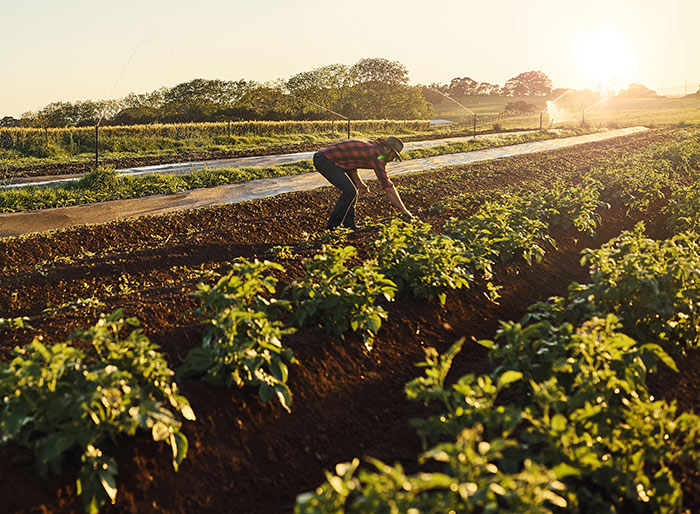
For example, bacon can show the ‘Made in Australia’ label if it is cured and dried here, even if the pork itself comes from overseas.
One survey respondent expressed their frustration: “The Australian Made triangle/kangaroo label is very misleading. It is impossible to buy Australian grown ham, bacon and related products from the main supermarkets. They all carry the green and gold symbol yet, the pork is grown overseas. Manufacturers use a loophole that adding salty water in Australia to fully imported pork makes it Australian made… None of the ‘Australian Made’ ham, bacon and related items divulge the actual country of origin.”
Increased country of origin labelling on some products
There are seven food categories that do not have the same requirements as ‘priority’ foods such as milk, bread, fruit and vegetables. These categories are:
- seasonings
- confectionary
- biscuits and snack foods
- bottled water
- soft drinks and sports drinks
- tea and coffee; and
- alcoholic beverages.
These products only have to carry a country of origin text statement identifying where the food was grown, produced, made or packaged. If the food is packaged with food from more than one country, the label must indicate that the food contains imported ingredients or has multiple origins. The statement doesn’t have to be marked out in a box.
CHOICE would like consistency across the board for food products
Almost all our survey respondents (98%) said they wanted these food categories to be included in the country of origin labelling scheme.
“The scheme is less helpful when it is not applied to all food products in the supermarket and this means people might waste time looking for this information on products or not use the scheme at all out of frustration,” says Amy Pereira.
“CHOICE would like consistency across the board for food products.”
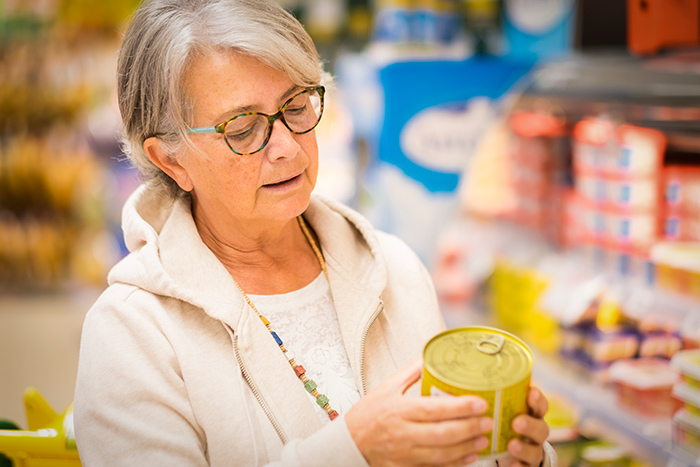
Inadequate country of origin labelling online
This year, grocery shopping online has gone up significantly because of the COVID-19 pandemic. Unfortunately, there’s a lack of consistency around how (or whether) country of origin information is shown online.
CHOICE’s Rachel Clemons says the websites of Australia’s two largest grocery retailers, Coles and Woolworths, currently display country of origin information for some foods, but not all.
Amy Pereira says: “In order for consumers to be able to effectively compare products for features that matter to them when they’re shopping online (and in store), country of origin labelling needs to be consistently displayed for all products.”
Our survey results confirm that people are struggling with online labelling, or the lack of it. Only about five percent of those surveyed who do their grocery shopping online say it was easy to find country of origin information.
Our campaign
We want the system of country of origin labelling to stay in place, but with three main improvements to make it more useful to people.
1. List the overseas country of origin on packaging
If key ingredients come from or are grown overseas, the product label should clearly state their origin. Key ingredients should be defined as those that make up at least 20% of a product, or are marketed as a defining characteristic of the product – for example, ‘raspberry’ in raspberry-flavoured yoghurt.
2. Ensure more food types display country of origin labelling
The seven food categories currently exempt from the country of origin labelling scheme should be included.
3. Clearly show country of origin information online
People shopping for food online should be able to see the country of origin information when making their choices. Ideally, an image of the label should be shown, but at the very least the information should be available as text in the product description.
A system Aussies can trust
The muddle of the current system makes it hard for people to trust food labels and food manufacturers. Pereira says people deserve clarity about where the food they buy really comes from.
“We know that these reforms will increase consumer confidence and trust in the country of origin labelling system,” she says. “A system that meets people’s needs would promote trust between consumers and food manufacturers. A system that does not do this will further erode confidence in country of origin labelling.”

